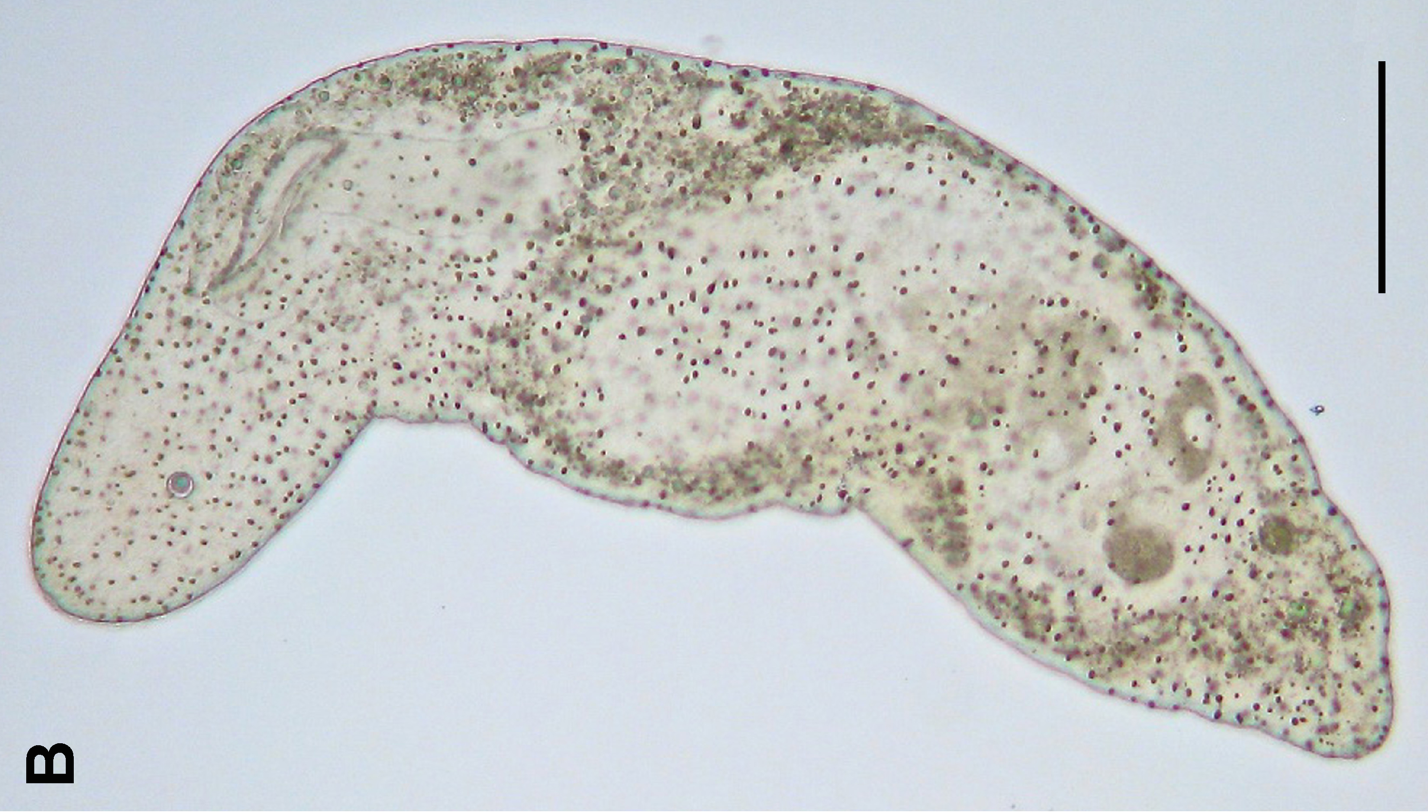|
Ctenocidaridae
Ctenocidaridae is a family of echinoderms belonging to the order Cidaroida. Genera: * '' Aporocidaris'' Agassiz & Clark, 1907 * '' Ctenocidaris'' Mortensen, 1910 * '' Homalocidaris'' Mortensen, 1928 * ''Notocidaris ''Notocidaris'' is a genus of echinoderms An echinoderm () is any member of the phylum Echinodermata (). The adults are recognisable by their (usually five-point) radial symmetry, and include starfish, brittle stars, sea urchins, sand dolla ...'' Mortensen, 1909 * '' Rhynchocidaris'' Mortensen, 1909 References Cidaroida Echinoderm families {{echinoidea-stub ... [...More Info...] [...Related Items...] OR: [Wikipedia] [Google] [Baidu] |
Aporocidaris
''Aporocidaris'' is a genus of sea urchins in the family Ctenocidaridae. Several species are found in deep water in circum-Antarctic locations. Characteristics The test is rather compressed, with a flat base and thin fragile plates, and the apical system is conspicuously domed. The primary spines are long and very slender and the secondary spines are cylindrical and erect. Species The following species are recognised by the World Register of Marine Species: *'' Aporocidaris antarctica'' Mortensen, 1909 *'' Aporocidaris eltaniana'' Mooi, David, Fell & Choné, 2000 *'' Aporocidaris fragilis'' Agassiz & Clark, 1907 *'' Aporocidaris incerta'' (Koehler, 1902) *'' Aporocidaris milleri'' (Agassiz Jean Louis Rodolphe Agassiz ( ; ) FRS (For) FRSE (May 28, 1807 – December 14, 1873) was a Swiss-born American biologist and geologist who is recognized as a scholar of Earth's natural history. Spending his early life in Switzerland, he rec ..., 1898) *'' Aporocidaris usarpi'' Mooi, D ... [...More Info...] [...Related Items...] OR: [Wikipedia] [Google] [Baidu] |
Cidaroida
Cidaroida is an order of primitive sea urchins, the only living order of the subclass Perischoechinoidea. All other orders of this subclass, which were even more primitive than the living forms, became extinct during the Mesozoic. Description Their primary spines are much more widely separated than in other sea urchins, and they have no buccal slits. Other primitive features include relatively simple plates in the test, and the ambulacral plates continuing as a series across the membrane that surrounds the mouth. Families According to World Register of Marine Species: * family Anisocidaridae Vadet, 1999 † * super-family Cidaridea Gray, 1825 ** family Cidaridae Gray, 1825 ** family Ctenocidaridae Mortensen, 1928a ** family Paurocidaridae Vadet, 1999a † * family Diplocidaridae Gregory, 1900 † * family Heterocidaridae Mortensen, 1934 † * super-family Histocidaroidea Lambert, 1900 ** family Histocidaridae Lambert, 1900 ** family Psychocidaridae Ikeda, 1936 * family ... [...More Info...] [...Related Items...] OR: [Wikipedia] [Google] [Baidu] |
Notocidaris
''Notocidaris'' is a genus of echinoderms belonging to the family Ctenocidaridae. The species of this genus are found in the coasts of Antarctica and Southern Australia. Species: *''Notocidaris bakeri'' *''Notocidaris gaussensis'' *''Notocidaris hastata'' *''Notocidaris lanceolata'' *''Notocidaris mortenseni'' *''Notocidaris platyacantha'' *''Notocidaris remigera'' *''Notocidaris vellai ''Notocidaris'' is a genus of echinoderms belonging to the family Ctenocidaridae. The species of this genus are found in the coasts of Antarctica and Southern Australia. Species: *''Notocidaris bakeri'' *''Notocidaris gaussensis'' *''Notocid ...'' References Ctenocidaridae Cidaroida genera {{echinoidea-stub ... [...More Info...] [...Related Items...] OR: [Wikipedia] [Google] [Baidu] |
Echinoderms
An echinoderm () is any member of the phylum Echinodermata (). The adults are recognisable by their (usually five-point) radial symmetry, and include starfish, brittle stars, sea urchins, sand dollars, and sea cucumbers, as well as the sea lilies or "stone lilies". Adult echinoderms are found on the sea bed at every ocean depth, from the intertidal zone to the abyssal zone. The phylum contains about 7,000 living species, making it the second-largest grouping of deuterostomes, after the chordates. Echinoderms are the largest entirely marine phylum. The first definitive echinoderms appeared near the start of the Cambrian. The echinoderms are important both ecologically and geologically. Ecologically, there are few other groupings so abundant in the biotic desert of the deep sea, as well as shallower oceans. Most echinoderms are able to reproduce asexually and regenerate tissue, organs, and limbs; in some cases, they can undergo complete regeneration from a single lim ... [...More Info...] [...Related Items...] OR: [Wikipedia] [Google] [Baidu] |
